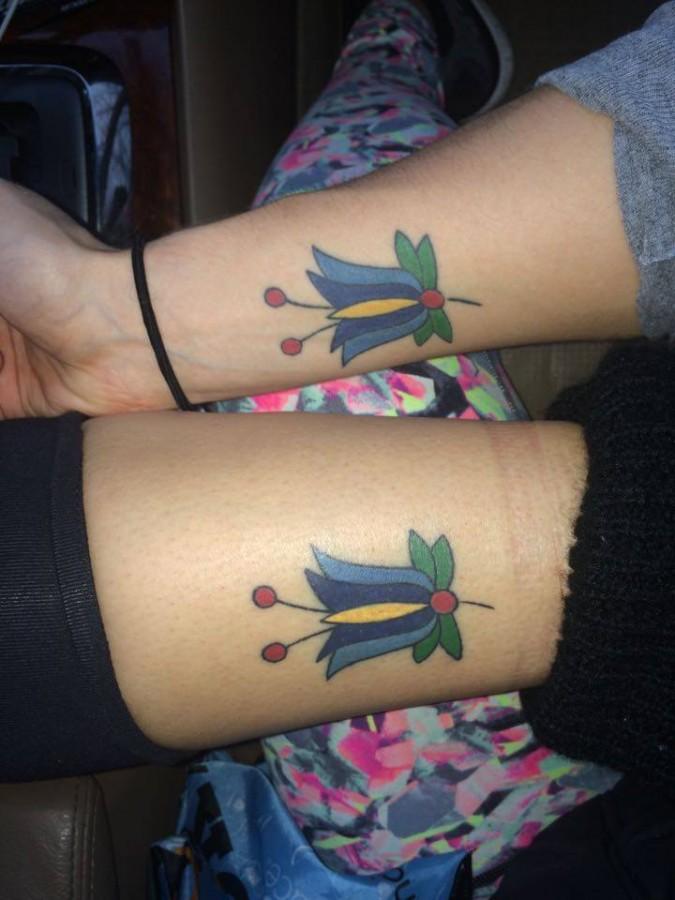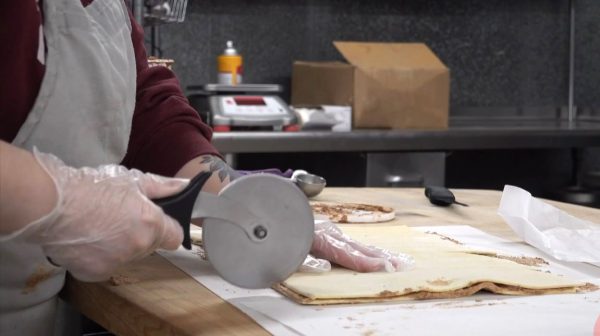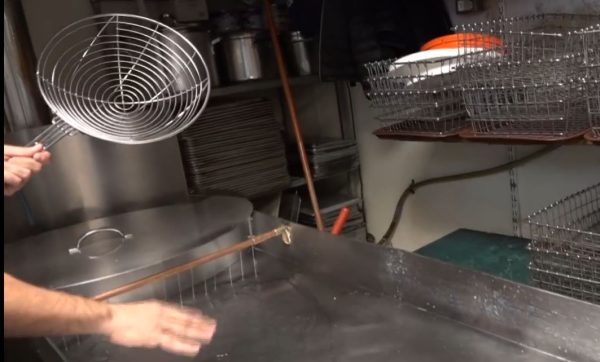DHS students express themselves through tattoos and piercings
A teenager who is looking to get tattooed is often greeted with a judgmental “What are you here for?” when they walk into tattoo parlors. Whether they are seeking a reflection of their personality or individuality, teens are turning more towards body art to express themselves. Some may get a tattoo in remembrance of a loved one, to represent an important religion or to simply be decorative. Tattoos and piercings have become more about the individual and less about the subcultures that used them as a way of grouping. Although laws vary from state to state, the amount of high schoolers getting tattoos and piercings has increased in recent years.
A study in 2013 by Pew Research Center indicated that 38 percent of Americans aged 18-29 have tattoos. Tattoos are no longer taboo, but have become a form of self expression. What was once behind closed doors has become increasingly mainstream. Body art is a growing trend in high schools all over the nation, including DHS.
Yes, they are real. The pop of color from the tulip on her wrist and the simple black outline of Poland on her neck may spark a few questions, but Junior Maggie Dudek doesn’t mind one bit. In Illinois, the minimum age to get a tattoo is 18. But the regulations are drastically different in other states and countries. When Maggie found out she was going to visit Poland, she was ecstatic. Poland has been a huge part of her life. Her whole family and friends are over 5,000 miles away from her in the country that she loves. This trip meant she could visit the life in Poland she missed, and also get a tattoo to represent her heritage to wear as a badge of honor.
“Tattoos have always appealed to me and body art in general. I wanted to get a tattoo that would mean something to me, something very special to me. I think when tattoos have meaning and are a valuable part of who you are,” Dudek said.
Throughout history, body art has been prevalent for conveying messages about family or religion. Anthropologists have noted that body art originated as far back as 10,000 BC. These forms of art were used to express different experiences, feelings and traditions that have carried on throughout humanity. The commonality of piercings and tattoos have carried over into the present day. As a teenager, getting a piercing is exceptionally easier than getting a tattoo. There a looser laws for minors to get any piercing ranging from a simple ear pierce to a nose ring. Arthur Brown, a sophomore at DHS, talks about the significance of piercings in his life.
“I was really into punk music, and my favorite singers had lip piercings… I thought it was a statement. It’s kind of a sign of rebellion and a sign of self expression,” Brown said
Tattoos and piercings have become so prevalent in today’s society that anywhere you look you can see the influence they have had on everyday life. Whether it is in an advertisement, magazine or on television, body art has become more open to the public eye. With influences such as the blog Tattooinkspirations that has over 2 million followers or Beyonce’s belly button ring, teenagers perceive them as a cultural norm. According to a Northwestern University study 46.2 percent of women aged 16-25 have a piercing somewhere other than their earlobe. The increase in popularity of body art can be contributed to the constant influence of social media and celebrities.
In the past, tattoos and piercings used to spark images of burly bikers in leather jackets, but now they may bring up ideas of beautiful designs that demonstrate perfect precision. Although they were once for cultural reasons, tattoos have become more acceptable for everyday life. Through growing popularity and a different mindset towards the once rebellious expression, the stigma against tattoos and piercings have changed.
“Most people think its so cool. I think it’s mostly the age, people are more accepting… I have gotten some looks from old people. They usually just gasp. I don’t think that tattoos are only for bikers and thugs. I see now that there’s a lot more everyday people with tattoos. People think if you have tattoos you are a reckless teenager, but that’s not the case,” Dudek said.
As more teenagers are opening up to the ideas of piercings and tattoos, parents are becoming more accepting of their children getting one at a younger age. The rapidly growing digital media company, Cafemedia, has over 75 million followers and gives insight into tips and marketing directed towards parents. In a recent poll posted on the popular website asked moms if they would allow their children to get different types of body art. Over 15% of parents said they would, while 30% said they were indifferent. Therefore, while many parents are accepting of body art, most still have reservations against it. In Dudek’s situation her mother got a matching tattoo with her, but for Arthur. acceptance from some family members and friends was hard to come by.
“It was an idea for two years, and my mom finally gave me the opportunity to do it…My dad hates it and his friend lectured me about how it was a horrible decision and that I shouldn’t have done it,” Brown said.
In today’s society, tattoos and piercings are a way for teenagers to separate themselves from the crowd, or to signify a personal belief. Either way, teenagers are drawn to the sense of individuality that comes with body art. As it becomes more of a cultural phenomena, the decision to get some form of body art starts at much younger ages than it has in the past.
“I had wanted it for so long and it wasn’t like I woke up and was like ‘I’m going to get a tattoo today!’ I feel great about my tattoos! I’m glad I got them to show off my pride for my country. I feel like they complete me,” Maggie Dudek said.












Petunia Evans • Feb 8, 2016 at 4:39 pm
This was a really cool article! I’ve been seeing more and more people get tattoos, it’s definitely becoming a social norm in my eyes. I also loved the way that people emphasized how it was a special way that someone can express themselves. I don’t plan on getting tattoos, but I can understand how and why others want one, and I can respect that!